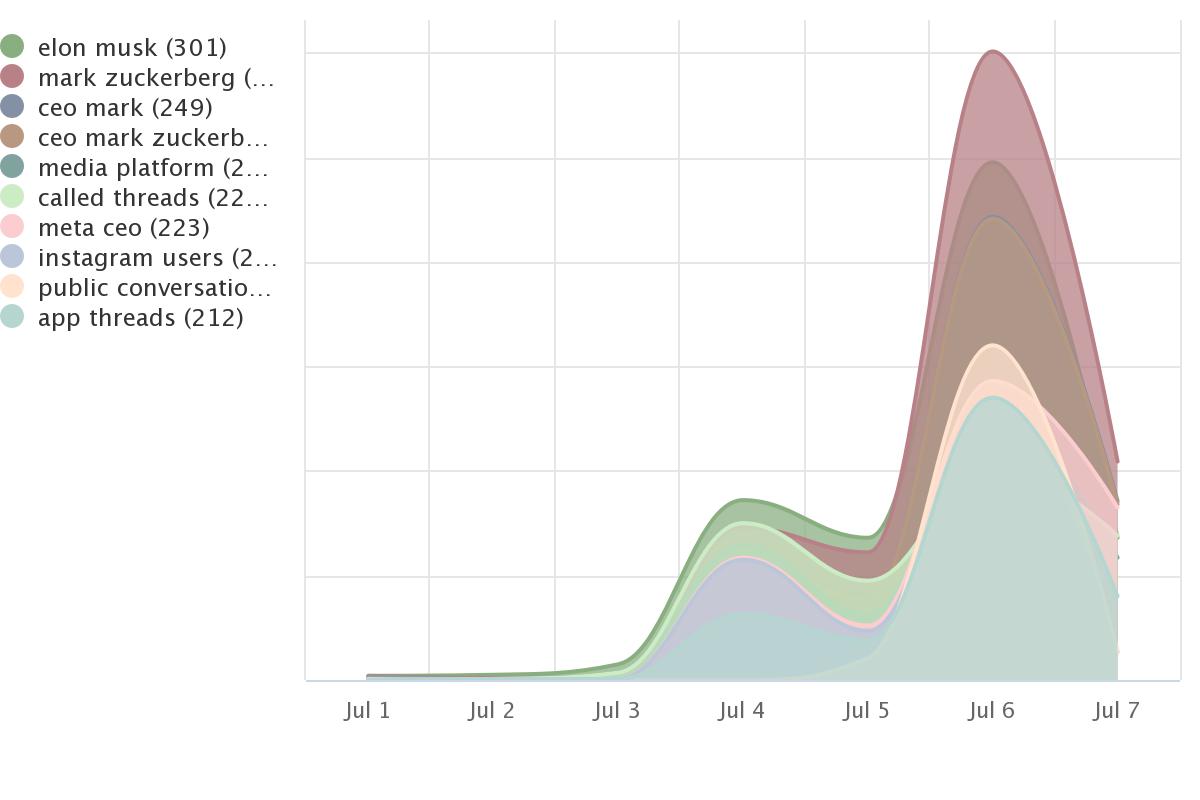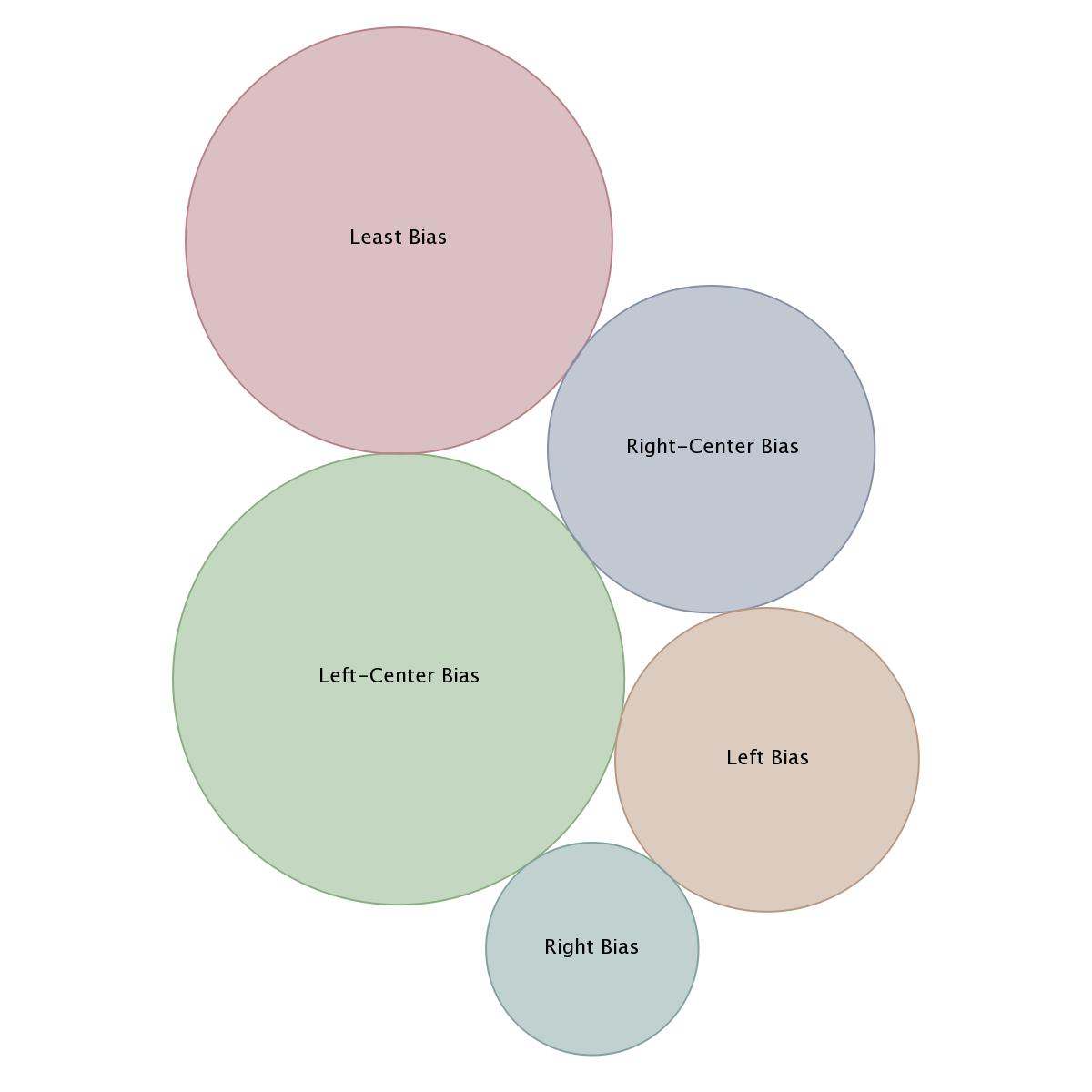
Media narratives are circulating that Meta Platforms, formerly known as Facebook, is launching a microblogging app called Threads. This app is set to rival Twitter and will allow users to retain their followers from the popular photo-sharing platform Instagram. The rollout of Threads represents a direct challenge to Twitter, which has faced numerous controversies since being purchased by Elon Musk for $44 billion in 2022. The app is set to launch in over 100 countries, including the US, the UK, Canada, and Australia.
Our Kudzu Narrative Intelligence briefs auto-update every few hours with fresh analysis:
Meta Platforms is set to launch Threads, a microblogging app that directly challenges Twitter. The app will allow users to post text, links, and interact with other users' messages. Key insights reveal that Threads will be compatible with an open social networking protocol called ActivityPub. This will enable people without Threads accounts to view and interact with Threads users who have public profiles via other social apps that incorporate the same decentralized technology. Threads is Meta's first app envisioned to be compatible with this open protocol, signaling a shift towards a more decentralized social media landscape.
Key Takeaways:
One of the standout features of Threads is the ability for users to retain their followers from Instagram. This means that users who already have an Instagram account will be given a Threads account with the same username. This seamless transition allows users to maintain their existing follower lists and account names, making it easier for them to engage with their audience on the new microblogging app.
Key Takeaways:
According to a social media expert, Meta's launch of Threads could be the beginning of the end for Twitter. The direct competition between Threads and Twitter, coupled with Twitter's numerous controversies, may lead to a shift in user preference towards the new microblogging app. While the impact on Twitter remains to be seen, the launch of Threads has already garnered significant attention, with millions of signups reported within the first few hours.
Key Takeaways:
In this Kudzu Narrative Intelligence Brief, a comparative analysis of the top surfaced keywords from different categories reveals interesting insights. Some keywords appear more frequently than others, indicating their significance in the competing narratives. Here are a few observations:
These keywords provide valuable insights into the current narratives surrounding technology, social media, and privacy concerns.
In the left-leaning U.S media, certain keywords stand out, revealing specific areas of interest. Here are the key observations:
These keywords provide a glimpse into the left-leaning media's narrative, which seems to focus on specific applications, internal dynamics of Twitter, and intellectual property issues.
Overall, the surfaced keywords offer valuable insights into the dominant narratives and topics of interest in different media sources, shedding light on the current discussions and debates surrounding technology, social media platforms, and privacy concerns.

U.S Media
According to our Narrative Intelligence, the U.S. media landscape is not free from bias. Our analysis reveals several key insights on bias in U.S. media:
Our analysis highlights the numerical differences in media coverage across political leaning. Left-Center sources have the highest bias, almost double that of Right-Center sources. Least Bias sources fall in between, while Left and Right sources have the least bias. These findings provide valuable insights into the media landscape and the prevalence of bias across different sources.
Incorporating our Narrative AI and Narrative Technology, we aim to continue providing comprehensive insights on bias in U.S. media through our Kudzu Narrative Intelligence Brief(s). By understanding and analyzing these biases, we can strive for a more informed and balanced media environment.

U.S Media
Note: Kudzu Narrative Intelligence briefs update every few hours. Very likely, the Narrative Analysis data visualization depicted in the graphic above will have changed as well.
Image Credit for Article Header: Photo by Dima Solomin on Unsplash